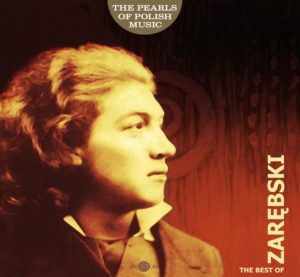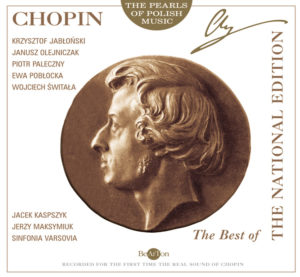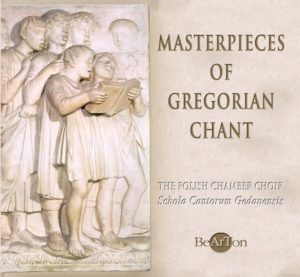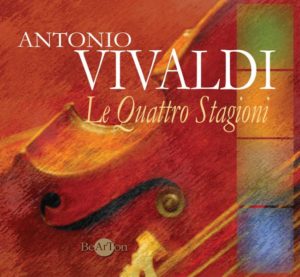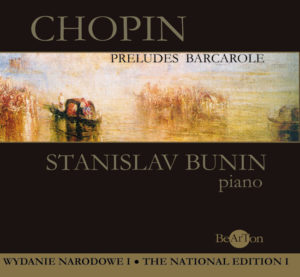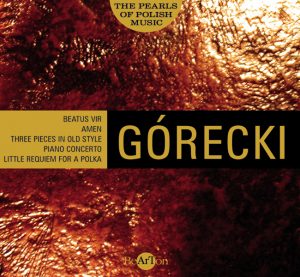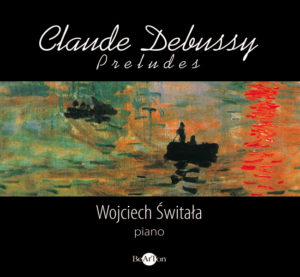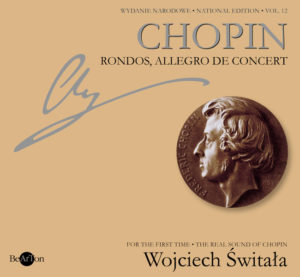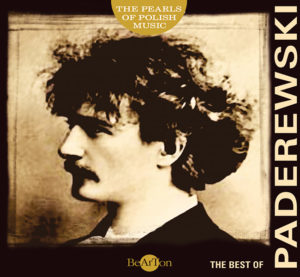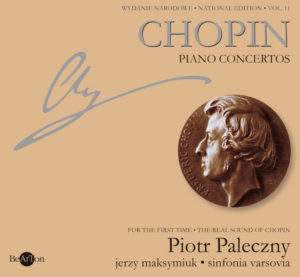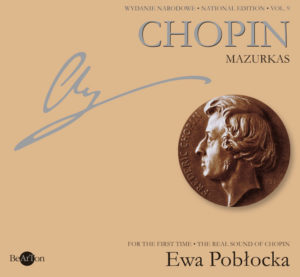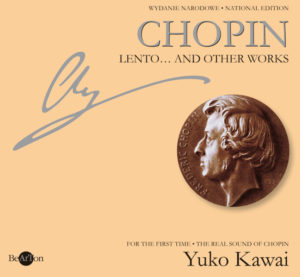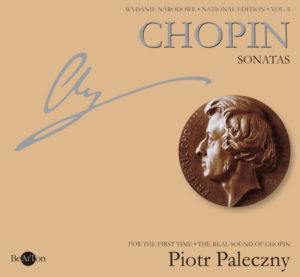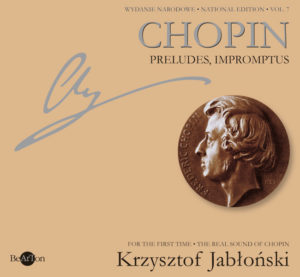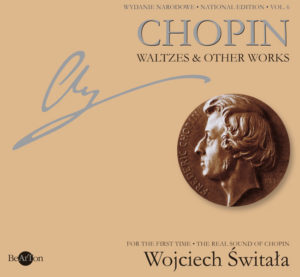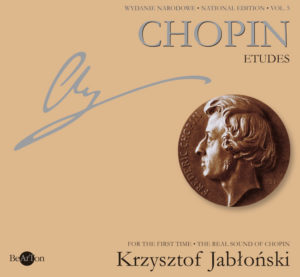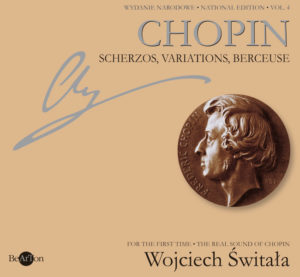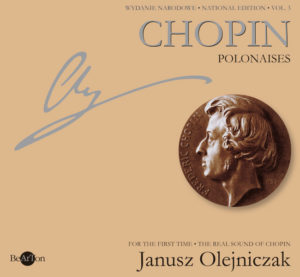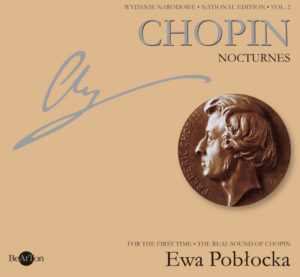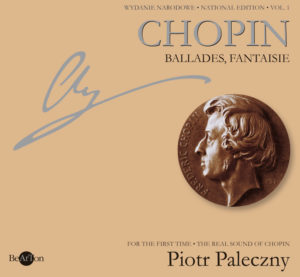Chopin – Mazurkas and various compisitions [B]
Chopin – Mazurkas and various compisitions [B]
Cat. No. CDB038
Music disc: SACD
Performer:
Janusz Olejniczak – piano
Disc content:
- Mazur WN7 – 1’15”
- Mazur WN 8 – 1’01”
- Mazurka WN14 – 3’15”
- Mazurka WN 24 – 1’42”
- Mazurka WN 25 – 1’29”
- Mazurka WN 26 – 1’13”
- Mazur WN 41 – 1’02”
- Mazur WN 45 – 1’35”
- Mazurka WN 47 – 1’06”
- Mazurka WN 60 – 3’12”
- Mazurka WN 64 – 2’08”
- Marche funebre WN 9 – 4’46”
- Nocturne in C minor WN 23 – 4’27”
- Contredanse WN 27 – 1’40”
- Lento con gran espressione WN 37 – 4’10”
- Cantabile WN 43 – 1’02”
- Spring WN 52a – 1’45”
- Sostenuto WN 53 – 1’46”
- Moderato WN 56 – 1’46”
- Galop Marquis WN 59 – 0’48”
- Nocturne in C minor WN62 – 3’28”
- Mazurka WN 65 – 4’02”
Total time – 50’12”
Listen a part
51.99złAdd to basket
© ℗ 2007 Bearton
Mazurkas and Various Compositions [B]
Another CD featuring Chopin’s posthumous compositions contains twelve mazurkas. Together with the 2-CD set of the mazurkas published during the composer’s life, it constitutes Chopin’s entire output of mazurkas, a highly important genre in the composer’s oeuvre. A selection of Chopin’s various compositions from the National Edition (Series B) is featured on this CD as a supplement to the mazurkas. Chopin wrote the mazurkas continuously from 1824 to 1849, making use of the rich tradition of the mazurka in its folk, popular and artistic aspects. Even though the folk tradition is evident in Chopin’s mazurkas, the composer was also familiar with the popular form of the genre. Linked to the history of the song (in its numerous guises – social song, drinking song, love song, patriotic song, Christmas carol), it also refers to the ‘mazur’, a social dance which enjoyed enormous popularity during the balls of the magnates, the gentry and the burghers. The Mazurs in B flat major (WN-National Edition 7) and in G major (WN-National Edition 8), both meant for dance accompaniment, are the first manifestations of Chopin’s interest in folklore. They date from the end of 1825 and the beginning of 1826. According to the Polish ethnographer Oskar Kolberg, it was a time when Chopin not only attended dancing parties (often enjoying himself till the small hours of the morning) but was also keen to provide music to the dancers, improvising many ‘mazurs’…
In many types of Chopin’s mazurkas, listeners can easily recognize the ‘real’ oberek, kujawiak or mazur. The typical mazur, with its brisk gestures and sharp articulation, can be heard in the Mazurka in F major (WN-National Edition 25), the typical kujawiak in the Mazurkas in C major (WN-National Edition 47), in A minor (WN-National Edition 59) and in F minor (WN-National Edition 65), while the trio in the Mazurka in F major (WN-National Edition 25) seems to be a quotation from another folk dance, the oberek. Most often, however, Chopin combines various types of dances within a single piece (the mazur with the oberek in the Mazurka in F major (WN-National Edition 25), with each dance supplementing each other and at the same time being in contrast to each other. With the passing of time, the contours of the folk dances became blurred and the source of inspiration was replaced by a very particular fusion. A quasi-functional miniature at the beginning, the mazurka evolved towards an artistic utterance of a highly poetic character, appearing in a wide range of distinct variants. The main features of these mazurkas are their folk-based texture (drones and ostinati) and performance practice – rubato, rhythmic patterns, melodic idioms of respective dances, tonality (modal patterns, folk scales) and the folk manner of developing musical form (the so-called ‘round’ period, whereby the same phrase opens and closes a piece). First and foremost, it is the musical thinking that is typical of folk poetics.
The present CD also contains a selection of Chopin’s posthumous compositions of various merit and written under different circumstances. The Funeral March in C minor (WN-National Edition 9, in other editions Op. posth. 72 No. 2) dates from the beginning of 1826. It was written most probably under the impression of the ceremonial funeral of the prominent statesmen, writer and priest Stanisław Staszic (1755-1826). Chopin was among those attending the funeral (he mentions it in a letter to Jan Białobłocki), which turned into a patriotic manifestation. The composition exhibits some similarities to the funeral march from Beethoven’s Sonata in A flat major (a rhythmically repeated minor chord in the opening phrase), a proof of Chopin having been versed in the early sonatas of Beethoven, who died the following year. The gloomy character of the opening phrase is underlined by parallel thirds, very much as in the melancholy Polonaise in B flat minor (WN-National Edition 10), dating from the same year. This stylistic affinity is a further confirmation of the date of the Funeral March in C minor. Written as a conventional da capo pattern with a trio, it contains some highly expressive effects which seem to anticipate the famous march.
The Nocturne in E minor (WN-National Edition 23) is among Chopin’s most beautiful and evocative nocturnes. Musicologists differ as to the date of its composition. The editors of the National Edition believe the work was composed between 1828 and 1830. On the other hand, the style of the piece, its expressive features and particularly its pain-filled and elegiac character point to a later period in Chopin’s career. Simple and frugal in the use of compositional devices, the work’s texture is typical of a Chopin’s nocturne. Against a background of an arpeggio-like sequence of chords in the bass line there develops a highly expressive soprano line, rising and falling, rhythmically diversified and ornamented with a plethora of fiorituras, slowing down and accelerating in tempo rubato fashion.
Contredanse in G flat major (WN-National Edition 27) is a short, charming stylisation of a popular salon dance with the typical da capo structure including a trio. Until recently, the authenticity of the piece was questioned. The fact that its extant manuscript (not the composer’s autograph) comes from the collection of Tytus Wojciechowski, Chopin’s bosom friend from the time of his youth, however, implies that it came from Chopin’s hand. The type of melodic and harmonic devices employed in the work, similar to those in other Chopin’s pieces (Nocturne in F sharp major Op. 15 No. 2, Scherzo in B minor Op. 20, Fantasy in F minor Op. 49), leaves no doubt as to its authorship.

Janusz Olejniczak
Lento con gran espressione in C sharp minor (WN-National Edition 37) stands out in Chopin’s entire oeuvre for its uniqueness. Sometimes called a nocturne, it only partly deserves this label as it is only the outer sections of this 65-bar miniature that fit the genre’s character. Its central section is a somewhat jocular blend of reminiscences of the Concerto in F minor (all its movements) and the song Życzenie (The Wish). Written in Vienna in 1830, the work has survived in two versions (both of which are jotted down in Blahetka’s album), which differ in their treatment of these quotations. In the earlier version, the original metre of 3/4 is retained, which, combined with the accompaniment in the metre of 4/4, gives an example of polymetry, unmet with anywhere else in Chopin’s output. Such an amazing device seems to have its psychological justification. The first version of the piece is a record of the composer’s nostalgia and sorrow following his departure from Poland and the parting with his family and friends (outer sections) and of the distinct reminiscences of the joyful moments spent among his dearest ones (polymetrically arranged quotations in the central section). The work’s later version was dedicated to the composer’s older sister, Ludwika, who, after some years, inscribed the piece into an album of Maria Wodzińska, Chopin’s sweetheart. In this version, Chopin adjusted the rhythm of the quotations to an even metre which holds true for the greater part of the composition. The renunciation of polymetry was dictated by practical reasons. It would have been probably too difficult to be realised by an amateur pianist, as Ludwika was. It could also be dictated by the need to communicate a different state of the composer’s spirit, this time in a story about sorrow brightened up by some cheerful recollections of the past.
It is reasonable to infer that the 14-bar Cantabile in B flat major (WN-National Edition 43) was sketched, signed and dated by Chopin (Paris, 1834) in order to please someone dear to his heart. It remains a mystery as to who that person was. The piece is a typical leaf from an album, subtle (dolce) and dreamy, piano throughout and flowing in the rhythm of a lullaby.
Spring in G minor (WN-National Edition 52a) is a lullaby with a sentimental flavour. It was one of Chopin’s most favourite album entries. Between April 1838 and September 1848 the composer gave it to at least six persons. ‘Spring’, its melody marked semplice, is in 6/8 metre and oscillates between G minor and B flat major. Even though originally written as a song to verse by the composer’s friend, Stefan Witwicki, the piece works as a piano miniature.
Sostenuto in E flat major (WN-National Edition 53) is a tiny miniature in waltz rhythm written in July 1840 for Emille Gaillard. A typical album entry, it belongs to the so-called private strand in Chopin’s oeuvre, i. e. the compositions which were not deemed suitable for concert performance. Moderato in E major (WN-National Edition 56), entered into the album of Princess Anna Szeremietiew in January 1843, should be included among Chopin’s elevated lyrical pieces. It has the character of a hymn sung in marching rhythm, its heroic idiom reminiscent of the Fantasy in F minor and Allegro de concert.
Galop Marquis in A flat major (WN-National Edition 59), written during Chopin’s sojourn in Nohant, is a musical joke illustrating the lively antics of George Sand’s dogs, Marquis and Dip.
Nocturne in C minor (WN-National Edition 62) was considered lost for many years. It was eventually discovered and published in 1938. The date and circumstances of the work’s origin are subject to various interpretations. According to some claims the theme of the nocturne, simple if not naive, was not Chopin’s but Maria Wodzińska’s. This seems to be corroborated by Chopin himself, who wrote in a letter: I improvised in one of the salons here on Marynia’s nice theme. Wodzińska’s authorship of the theme, however, is only a speculation. The work differs from the nocturnes of Chopin’s main, concert performance strand. On the basis of many sources, as well as the work’s intimate, private character and its highly evocative, poignant tone expressed by means of simple devices, it seems that it was written towards the end of Chopin’s life.
The last piece on this CD is the Mazurka in F minor (WN-National Edition 65), Chopin’s last and unique composition. It was written as a barely legible sketch in the last weeks of Chopin’s life, when his struggle with an incurable disease was coming to an end. It would be interesting to trace the successive stages of the efforts to reconstruct the piece, but this goes beyond the scope of these notes. At any rate, a comparison of Chopin’s last compositional attempt with the way it is performed in this recording gives some idea of the reconstruction methods applied in the National Edition. Thanks to them, Chopin’s most moving piece was brought back to life. In his biography Franz Liszt quotes Chopin as saying that he was never able to free himself from the most profound sense of grief and sorrow, ever present deep at his heart. The Mazurka in F minor, Chopin’s farewell composition, seems to be the fullest embodiment of such feeling.
Marek Wieroński
Translation by Henryk Zwolski
Review
The on-going Polish National Edition of Chopin works aims to produce an authentic edition based wherever possible on manuscript sources and the results of research on their dating. Its Series B collects the works not published by Chopin himself. Many of them were published by Fontana as op. post. 66-74, and they appear as such in many later editions. However, this gives the impression that they were all late works, which is often not the case. The National Edition re-dates these works and given them numbers in chronological order, e.g. WN 1, etc (Wydanie Narodawe = National Edition).BeArTon have been producing a phonographic edition in parallel. There are now 3 SACDS, and the present disc contains all the 9 unpublished Mazurkas not in the 2-CD set of published mazurkas. The mazurka dance form was the core of Chopin’s spiritual response to the land of his birth. He travelled around the country as a young man, taking up instruments and joining in the peasant music-making. On returning to Warsaw he played the resulting mazurkas at aristocratic dance parties, imbuing them with his own unique sense of poetry and drama. While in Vienna and during his long sojourn in France he returned again and again to the mazurka as an expression of his homesickness: they became symbolic of his roots. […]
Apart from the essential mazurkas, this disc provides an enjoyable concert which reveals much about Chopin the man. Janusz Olejniczak’s playing is affectionate and passionate; he lavishes as much care on one of these smaller pieces as he does with the great ones. The high-resolution PCM recording in a Polish Radio studio is immediate and fully reveals the sonority of the Steinway. There are ample notes (English and Polish) on the National Edition and on the music in the attractive insert.
Chopin lovers should investigate these treasures. One hopes that some of the earlier RBCD volumes might become available on SACD.






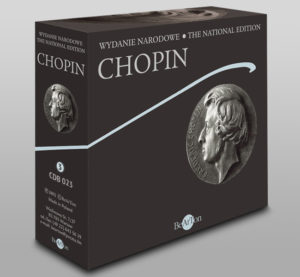
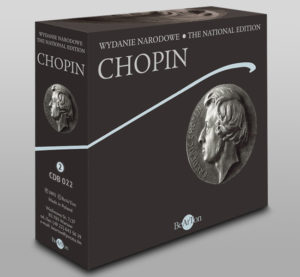
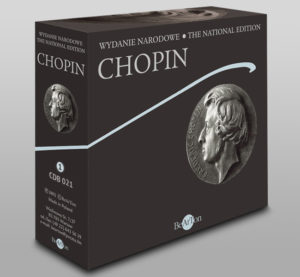
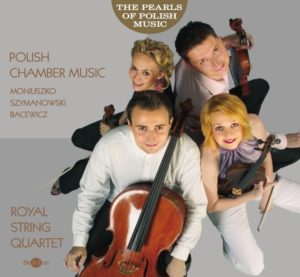
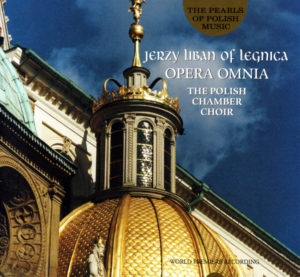
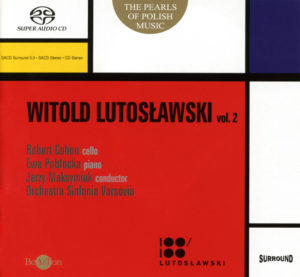
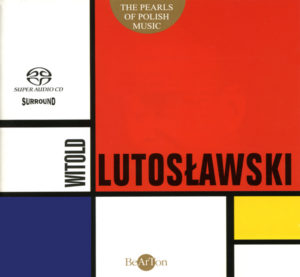
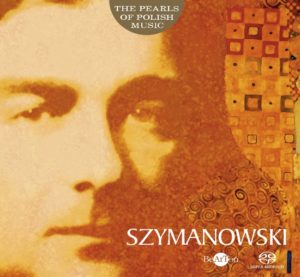
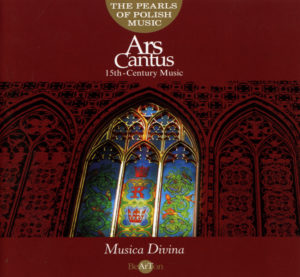
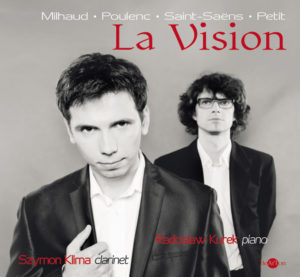
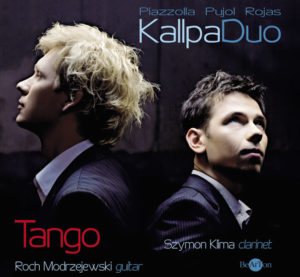
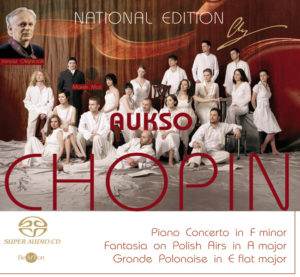
![Chopin – Walce [B] i inne utwory CDB047](https://www.bearton.pl/wp-content/uploads/Chopin-Walce-B-i-inne-utwory-CDB047-A-300x277.jpg)
![Chopin – Pieśni [B] CDB046](https://www.bearton.pl/wp-content/uploads/Chopin-Piesni-CDB046-A-300x277.jpg)
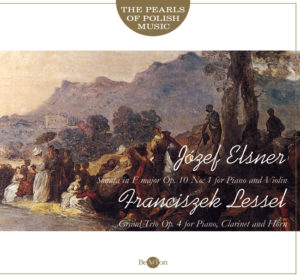

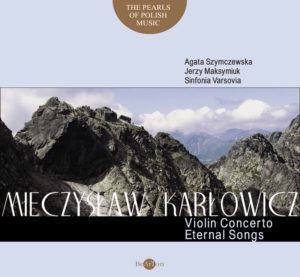
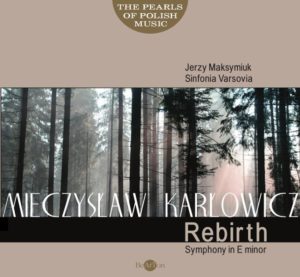
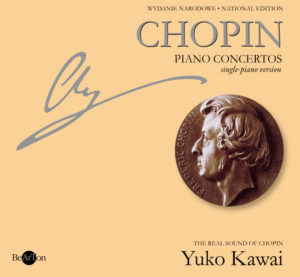
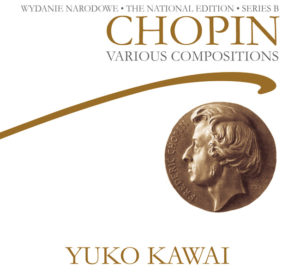
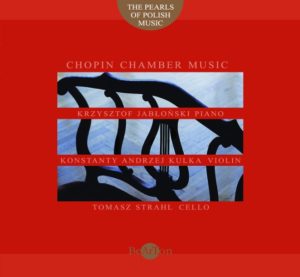
![Chopin - Mazurki i inne utwory [B] CDB038](https://www.bearton.pl/wp-content/uploads/Chopin-Mazurki-i-inne-utwory-B-CDB038-A-300x277.jpg)
![Chopin – Polonezy [B] CDB037](https://www.bearton.pl/wp-content/uploads/Chopin-Polonezy-B-CDB037-A-300x277.jpg)
